Drawing Workshop
Credits 0Workshops allow students who feel they would benefit from expanded exposure to drawing from live models an opportunity to do so after or in between classes or during their free time. Students with poor drawing skills can improve and make use of the instructor who is present during all workshops. Students with more refined skills can further enhance their abilities. Each workshop is structured differently with different lengths of poses, nude or costumed models, full figure or portrait poses and even some lectures. Drawing workshops provide all full-time students with an opportunity to improve their drawing skills in an open, unpressured environment. Students can come and draw from the live model 5 hours a day, usually 6 days a week.
